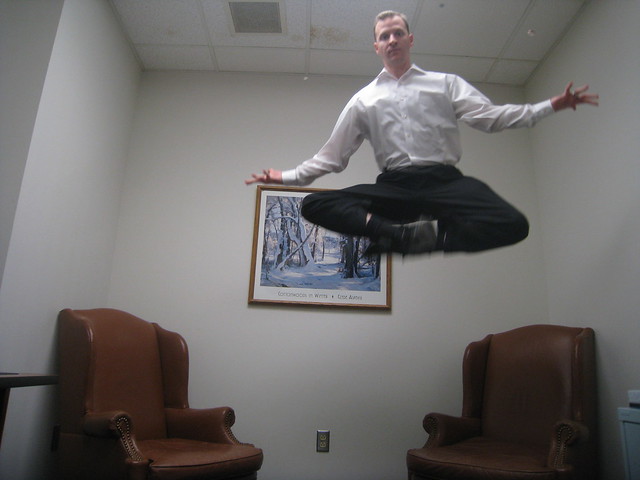
Creating and Formatting The Blog Post Overview Video
Step 1 – Summary of Project
We did a project on how to present effectively. We did this to learn how to pitch an idea without boring your audience to death. I found the way we learned an effective way to present and/or pitch ideas. Then we learned how to brainstorm ideas and then plan out what to with them. We also learned how to input pictures from Flickr and then cite them later on.
Step 2 – What is a Good Presentation?
A good presentation is not only the speaker but how the presentation connects with the audience as well. A good speaker will stand up straight and have a good clear voice. They will not give the audience the straight answer but instead, give the audience a very simple question they can answer for themselves very quickly. A good presentation should never have bullet points in it; it should connect key ideas through slides that only have up to one sentence in them and slides that have a single picture which helps provide visuals to promote the idea being stated. Having a good presentation that connects with your audience is good because they are more likely to listen to a presentation that does not bore them to death.
Step 3 – Brainwriting and Brainstorming Ideas

Brainwriting is when you take a piece of paper and dump your ideas for your project on it. The most effective way to do this is by taking your piece of paper and writing your subject in the middle. Then make a circle around that idea and dump your ideas all around said circle. Brainwriting helps you get an idea of what you’re going to do in your presentation. It is a great way to get ideas and organize them.
Step 4 – Creating the Storyboard
A storyboard is taking your ideas from your brainwrite then beginning to organize them into a presentation. Storyboards are the skeleton of the presentation. They provide a basic flexible general idea for what your presentation will be. Storyboards are made by taking a piece of paper and folding it into a bunch of squares. Each of these squares represents a slide in your presentation. You then write what you want for each slide. Storyboards are useful tools that allow you to make up your general idea for what your presentation will be.
Step 5 – Gathering and Citing Images
Copyright is the exclusive legal right, given to an originator, to publish, perform, film, or record literary, artistic, or musical material, and to authorize others to do the same. The creative commons in Flickr is non-copyrighted material that you can download and use. It is important, however, that you still cite your source so that the original creator of the image gets credit for it. You don’t have to cite the image in your presentation when you show it. If you want you can make slide(s) that cite your sources at the end of the presentation. How you should cite your source is (name of the creator) (name of image) (the website you got it from) (the date of upload). The creative commons is a pile of non-strictly copyrighted material that you can use so long as you cite your source which allows you to find images easier.
Step 6 – Creating the Master Slide
The master slide is a slide that affects all the other slides in your presentation. It allows you to quickly edit all your slides at once. This allows you to change the color of the background or text all at once. This is useful for when you want most of your slides to fall the same color set. It also makes quick edits to all your slides faster and easier.
Step 7 – Building the Slide Show
When you place your text first it allows you to get the most important parts of your slideshow done first. The “PIC OF__” are placeholders for before. You input the picture which you should not do until your done making sure all your text slides are there. And the way you want them. This is important because it allows you t get the most important parts done first and then do the easier parts later, giving you more focus on what you’re doing.
Step 8 – Sharing the Slide Show
Step 9 – Preparing to Present/Pitch
I prepared for my presentation by practicing my presentation to myself in the mirror. This allows me to listen to myself saying what each slide says and seeing whether or not it makes sense. I then had a family member read it themselves to see if they liked it. This allows me to input other peoples thoughts and opinions into my presentation.
Step 10 – What I Learned
I learned that a good presentation includes good visual and audio. I also learned how to cite my sources more efficiently and where best to look for them I also learned to limit myself to see how I could go around the walls I made for myself. I learned hot to make my presentation easier to connect with and how to make them better all in all.







